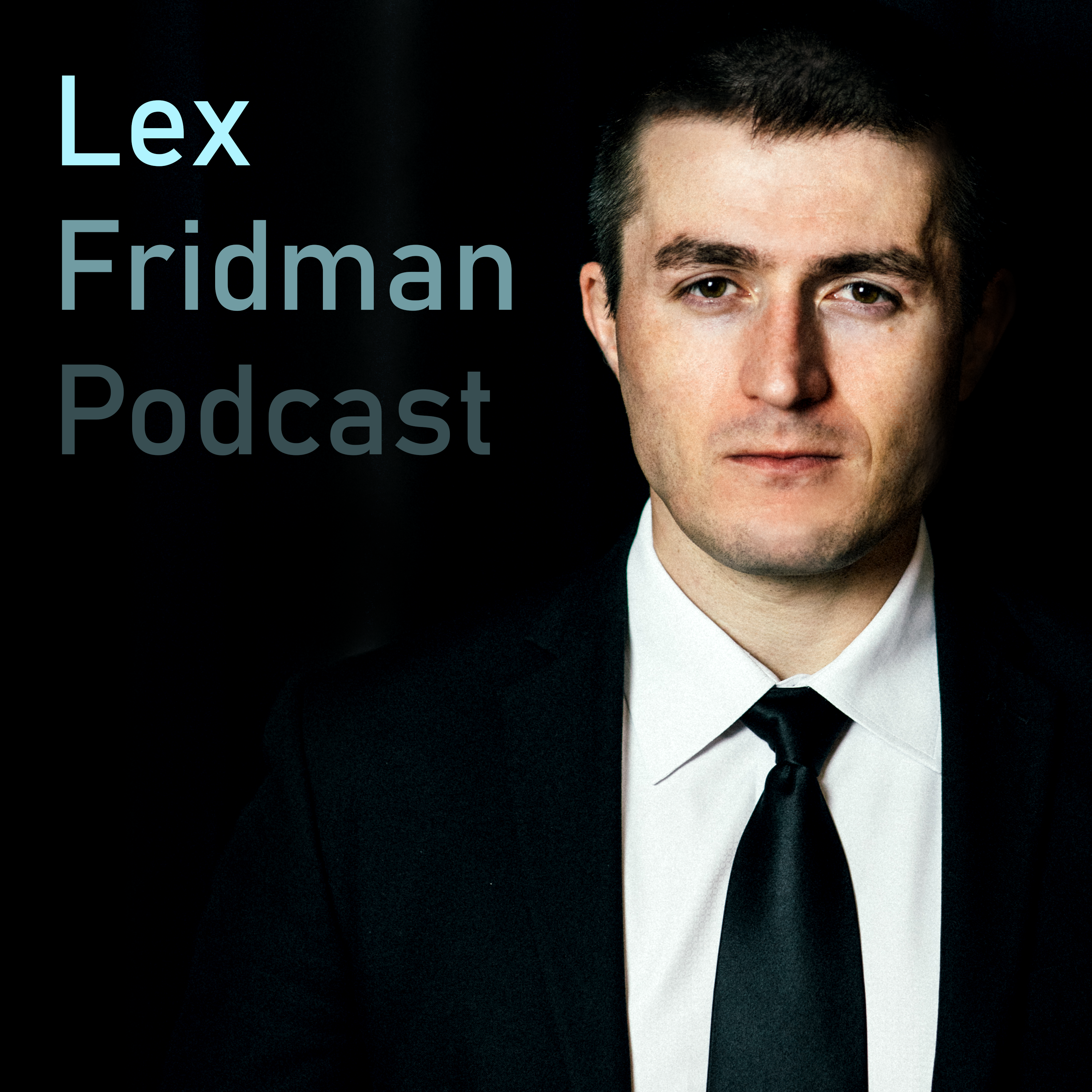Chapter

Nuclear Energy and Fusion Energy
05:49 - 17:13 (11:23)
This transcript explains the differences and uses of nuclear energy, fission energy and fusion energy. The main objective is to understand how fusion energy can be used to generate affordable electricity, despite the challenge of confining these incredibly hot gases (plasmas) with magnetic fields, which requires the research of scientists at MIT's Department of Nuclear Science and Engineering.
Clips
The Department of Nuclear Science and Engineering at MIT aims to understand reactions and consequences within the nucleus, including nuclear and fusion energy.
05:49 - 07:59 (02:10)
Summary
The Department of Nuclear Science and Engineering at MIT aims to understand reactions and consequences within the nucleus, including nuclear and fusion energy. Plasma physics is crucial to their research due to the prevalence of plasma in the universe as a fourth state of matter.
ChapterNuclear Energy and Fusion Energy
Episode#112 – Ian Hutchinson: Nuclear Fusion, Plasma Physics, and Religion
PodcastLex Fridman Podcast
Nuclear reactions generate more energy per unit mass than chemical reactions and can produce heavier elements from lighter elements, powering the sun and stars.
07:59 - 13:19 (05:19)
Summary
Nuclear reactions generate more energy per unit mass than chemical reactions and can produce heavier elements from lighter elements, powering the sun and stars.
ChapterNuclear Energy and Fusion Energy
Episode#112 – Ian Hutchinson: Nuclear Fusion, Plasma Physics, and Religion
PodcastLex Fridman Podcast
The objective of fusion energy is to generate electricity with it and power our society.
13:19 - 17:13 (03:53)
Summary
The objective of fusion energy is to generate electricity with it and power our society. To confine the plasma, a predominant method is to use magnetic fields alone.